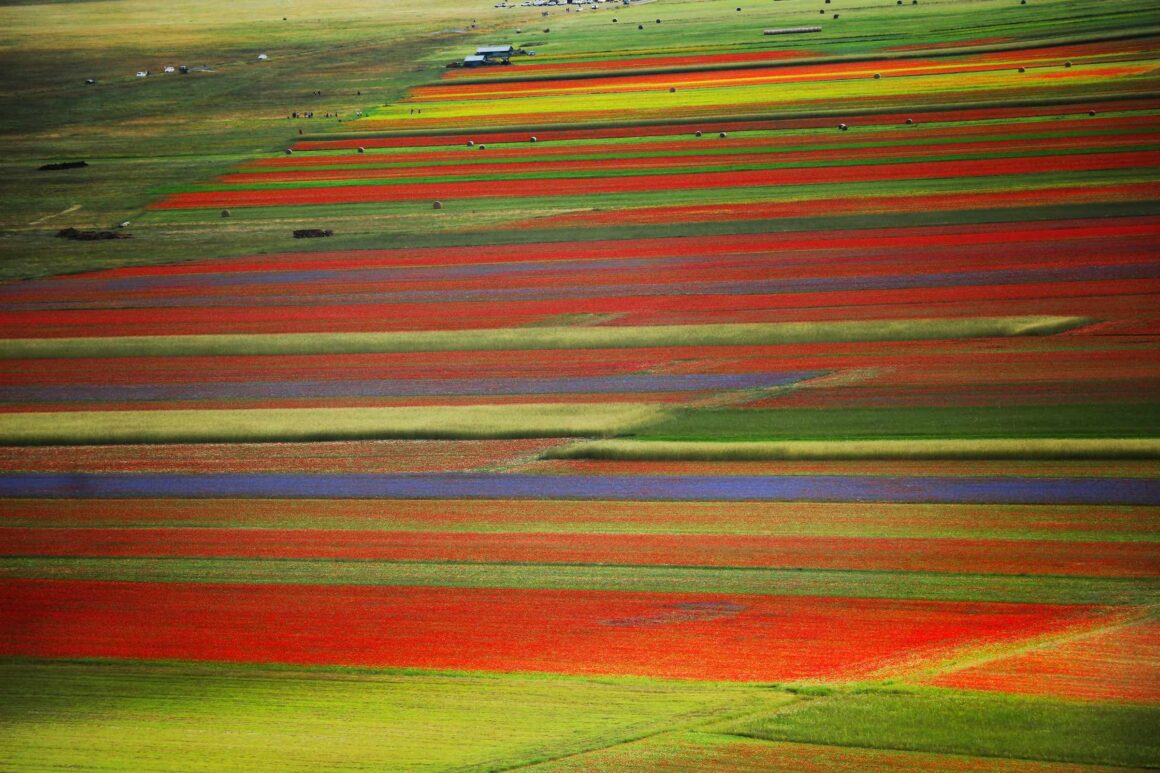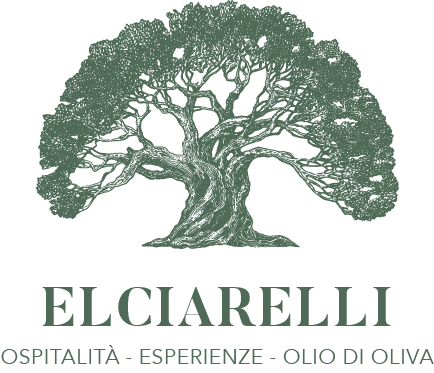Umbria is a charming region in central Italy. On the map, it is situated between the touristy Tuscany in the north and Lazio in the south. Tourists usually arrive here for a day, as they pass from Florence to Rome. And that’s a shame!
This region has a special beauty: it is called “the green heart of Italy”. Hills of all shades of green, forests and nature parks, cities with incredible architecture, charming villages, vineyards and olive groves – all this is Umbria.
Although it is the only region in Italy without access to the sea, the watery element is very much present in Umbria. The real jewel of the region is Lake Trasimeno (the largest lake in central Italy).
Near the town of Terni, there are artificial waterfalls created by ancient Romans, Cascate delle Marmore. Their torrents rush from a height of 165 m into the river Nera, an ideal place for kayaking, rafting and canoeing.
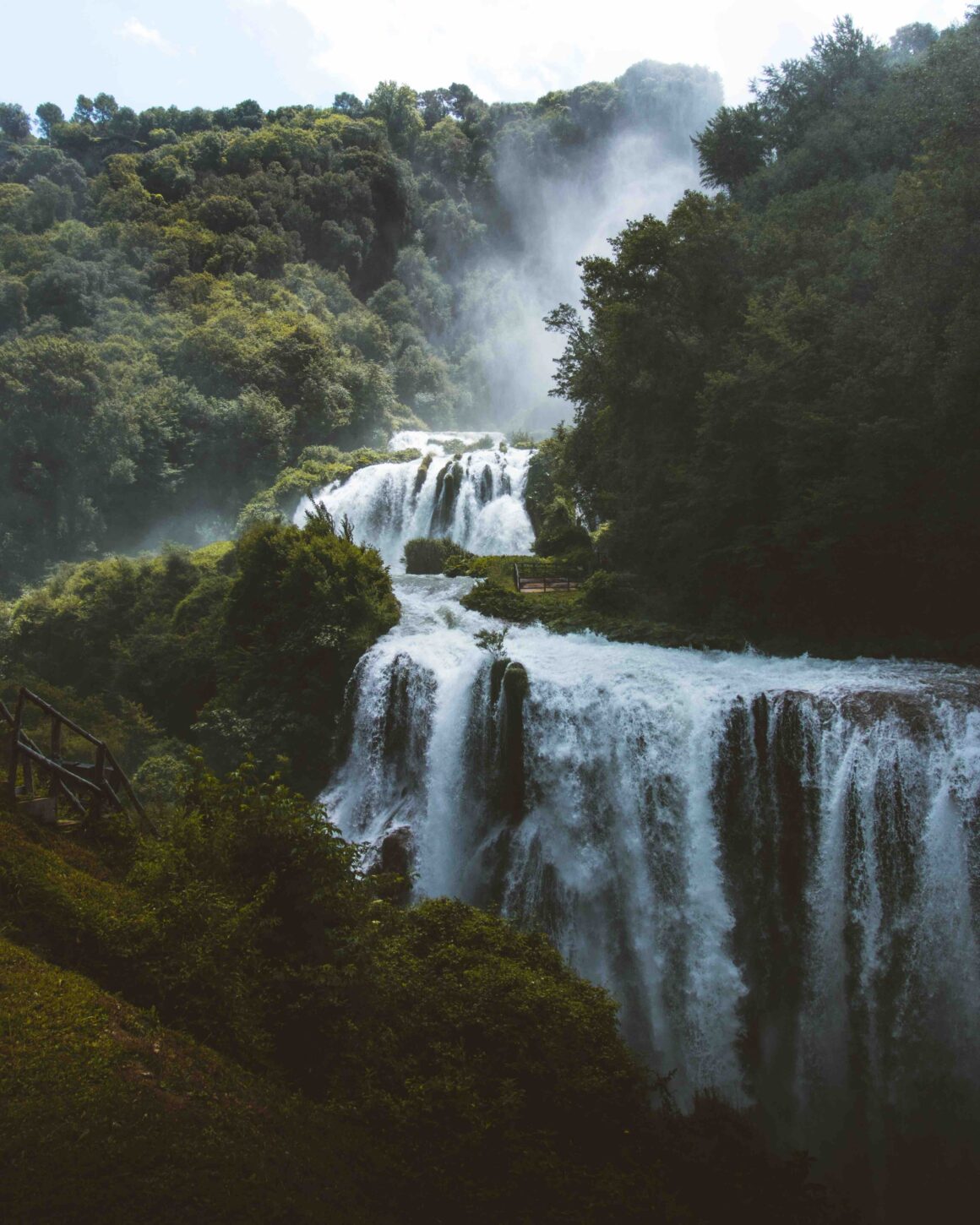
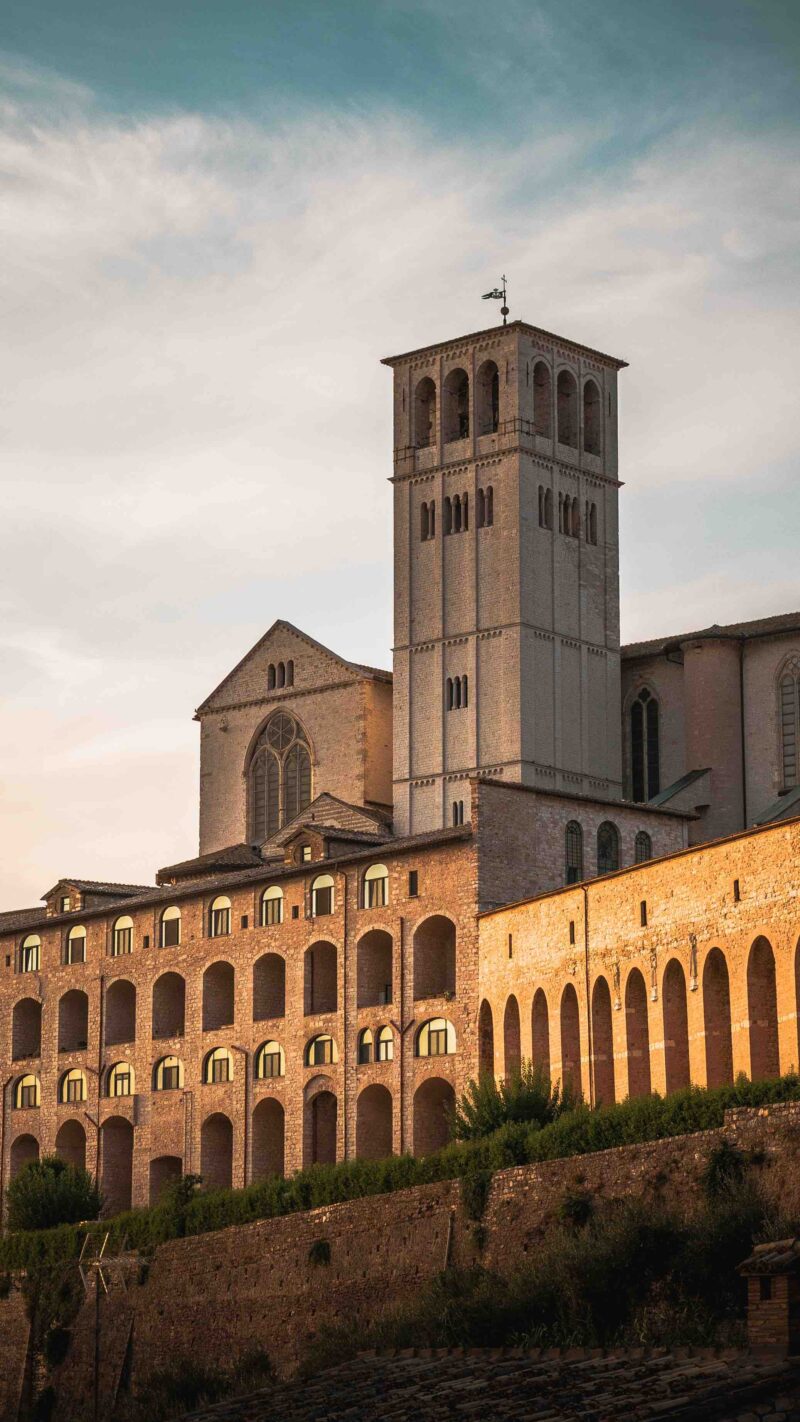
Don’t compare Umbria to Tuscany because of the cypress trees and emerald hills! Umbria is a more modest and authentic region and is not open to everyone.
This region seems ideal for contemplation and introspection: for those who want to melt into nature, discover towns frozen in time or make a religious pilgrimage. A true hidden gem in the heart of Italy.
Umbria’s history is rich and varied. In these lands, until the first millennium BC, lived the tribe of the Umbrians, fearless warriors, then the Etruscans and the Greeks, who built the first cities under the influence of the Roman Empire.
Almost all the towns in Umbria were built in the Middle Ages, but many have been beautifully restored in modern times. Fortified walls, narrow cobbled streets, steep climbs and descents – if you come to visit us, don’t forget your hiking shoes!
Perugia, the capital of the region, will be remembered for its grandiose architectural structures, an underground residential area and, of course, for the masterpieces of Perugino, Raphael’s teacher, proclaimed “the best maestro of painting in Italy”.
Perugia is certainly one of the greatest cultural centres in Italy and Europe: this small town has two universities!
The world-famous Umbria Jazz music festival is also hosted here, and Eurochocolate will appeal to gourmets and pastry professionals.
If you are a wine lover, you can go to Montefalco, where wines are produced from the Sagrantino grape variety. Sagrantino is a unique grape variety and grows only here in Umbria – and scientists are still debating its origin: Byzantine monks are said to have brought it from Greece or Iran… If you like ceramics and majolica, we recommend a visit to Deruta, where you can see potters and artists working on their unforgettable blue and yellow ornaments, known since the 13th century.
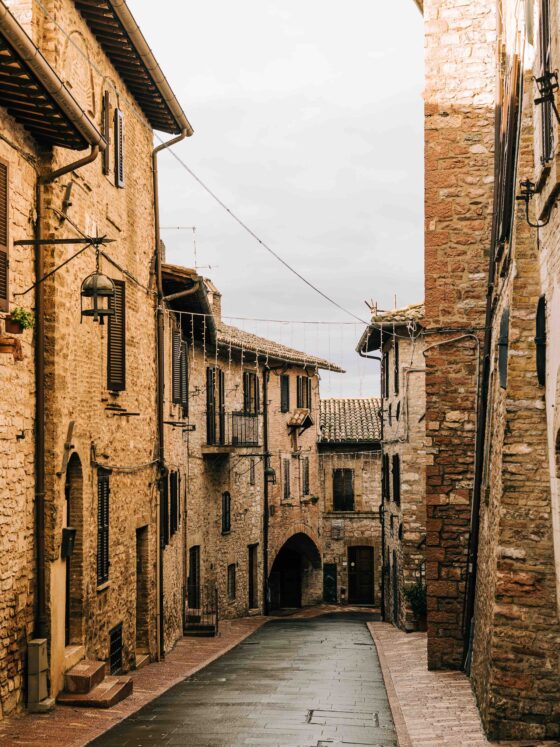
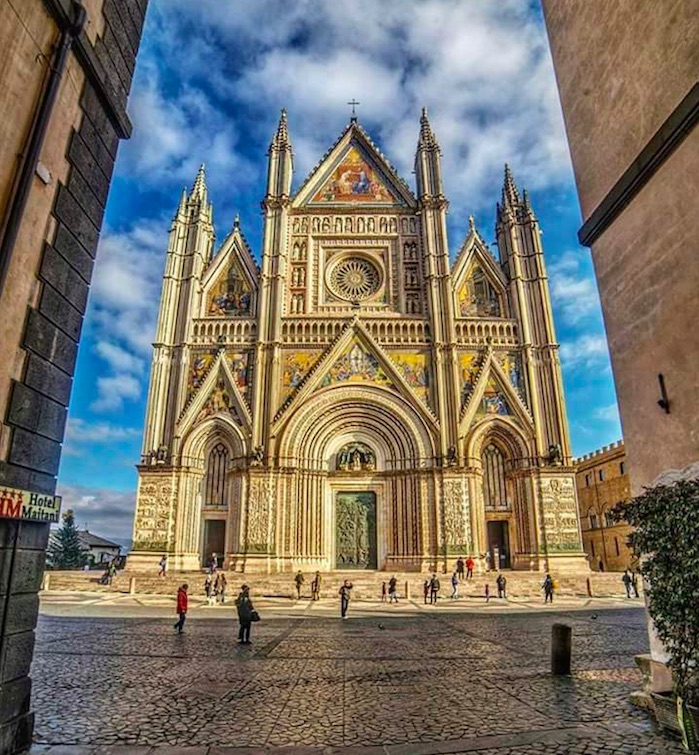
Picturesque Spoleto is famous for its Festivale dei due mondi, dedicated to music and theatre, and the charming Duomo. And in Assisi everything recalls the famous Saint Francis, a native of these holy places, and Saint Clara, his disciple.
Don’t forget Orvieto and its dazzling Duomo, one of the first Gothic buildings in Italy. The masters Luca Signorelli and Fra Angelico participated in its construction and decoration. And in the valley of the river Nera, the Valnerina, you will find yourself in the realm of gastronomic tourism, fragrant cheeses, sausages, cold cuts and black truffles.
Here, near the town of Castelluccio di Norcia, every year from the end of May to the end of July, you can observe the flowering of the fields in the valley at the foot of the Monti Sibillini mountains, unique in its kind. Poppies, lentils, cornflowers, rape, etc. blend into a colourful and lively carpet.
A true crossroads of history and cultures for centuries, Umbria can give you the most faithful and lively image of Italy open to the world, with its cities, festivals, museums, unforgettable unspoilt nature and, of course, its friendly people.
